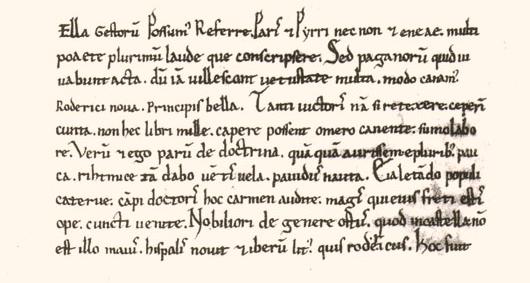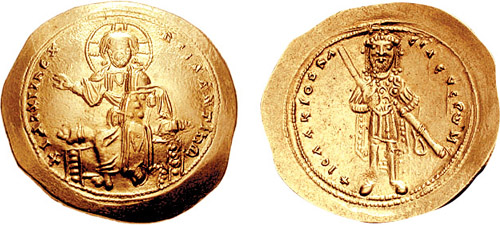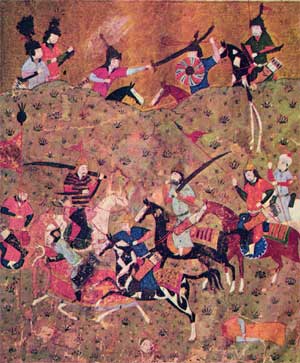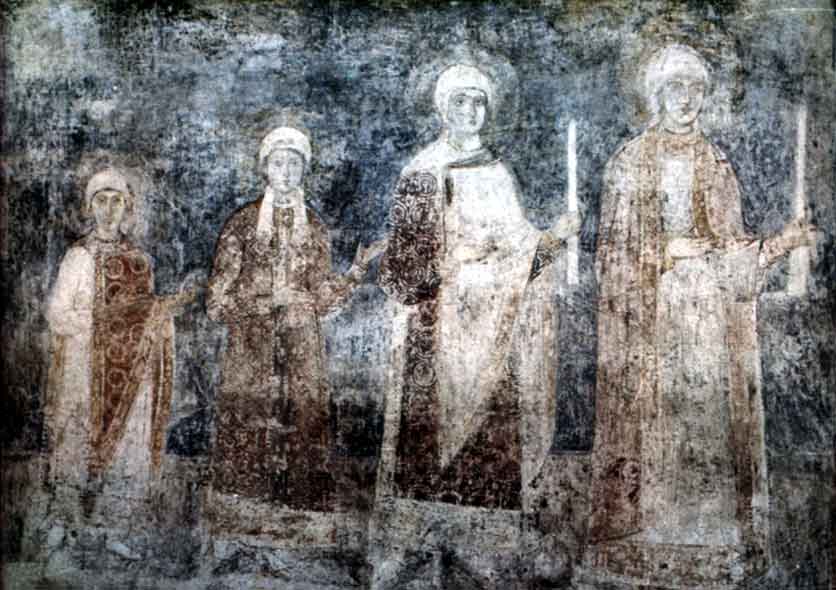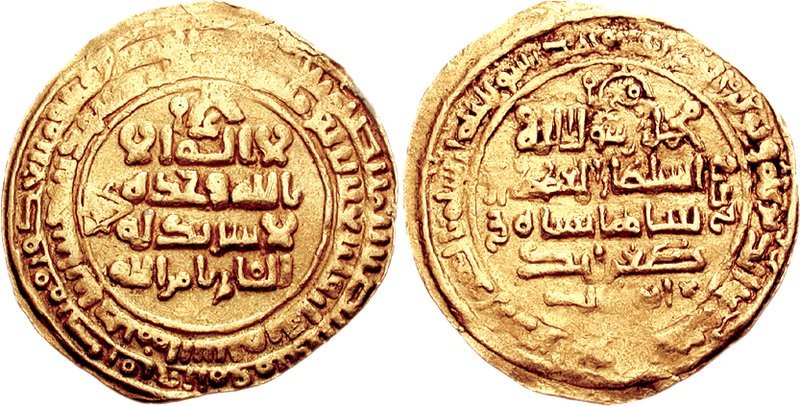|
1040s
The 1040s was a decade of the Julian Calendar which began on January 1, 1040, and ended on December 31, 1049. Significant people * King Macbeth of Scotland (d. 1057) * Godwin, Earl of Wessex (d. 1053) * El Cid (b. 1040) * Yaroslav I the Wise Yaroslav I Vladimirovich ( 978 – 20 February 1054), better known as Yaroslav the Wise, was Grand Prince of Kiev from 1019 until his death in 1054. He was also earlier Prince of Novgorod from 1010 to 1034 and Prince of Rostov from 987 to 1010, ... * Al-Qa'im (caliph of Baghdad) References {{DEFAULTSORT:1040s ... [...More Info...] [...Related Items...] OR: [Wikipedia] [Google] [Baidu] |
El Cid
Rodrigo Díaz de Vivar ( – 10 July 1099) was a Castilian knight and ruler in medieval Spain. Fighting both with Christian and Muslim armies during his lifetime, he earned the Arabic honorific ("the Lord" or "the Master"), which would evolve into El Çid (, ), and the Spanish honorific El Campeador ("the Champion"). He was born in Vivar del Cid, Vivar, a village near the city of Burgos. As the head of his loyal knights, he came to dominate the Levante, Spain, Levante of the Iberian Peninsula at the end of the 11th century. He reclaimed the Taifa of Valencia from Moorish control for a brief period during the ''Reconquista'', ruling the Lordship of Valencia, Principality of Valencia from 17 June 1094 until his death in 1099. His wife, Jimena Díaz, inherited the city and maintained it until 1102 when it was reconquered by the Moors. Díaz de Vivar became well known for his service in the armies of both Christian and Muslim rulers. After his death, El Cid became Spain's most cel ... [...More Info...] [...Related Items...] OR: [Wikipedia] [Google] [Baidu] |
Macbeth Of Scotland
Macbethad mac Findláech (anglicised as Macbeth MacFinlay; died 15 August 1057), nicknamed the Red King (), was King of Scotland from 1040 until his death in 1057. He ruled during the period of Scottish history known as the Kingdom of Alba. Little is known about Macbeth's early life, although he was the son of Findláech of Moray and may have been a grandson of Malcolm II, presumably through the latter's daughter Donada. He became Mormaer (Earl) of Moray – a semi-autonomous province – in 1032, and was probably responsible for the death of the previous mormaer, Gille Coemgáin. He subsequently married Gille Coemgáin's widow, Gruoch. In 1040, Duncan I launched an attack into Moray and was killed in action by Macbeth's troops. Macbeth succeeded him as King of Alba, apparently with little opposition. His 17-year reign was mostly peaceful, although in 1054 he was faced with an English invasion, led by Siward, Earl of Northumbria, on behalf of Edward the Confessor. Macbe ... [...More Info...] [...Related Items...] OR: [Wikipedia] [Google] [Baidu] |
1057
Year 1057 ( MLVII) was a common year starting on Wednesday of the Julian calendar. Events By place Byzantine Empire * June 8 – General Isaac Komnenos proclaims himself emperor in Paphlagonia (modern Turkey), and starts a civil war against Emperor Michael VI. He advances with a Byzantine expeditionary force towards Constantinople. At the same time, Michael sends an army against the rebels – western regiments and eastern ones (those from the Anatolic Theme and Charsianon) – to stop him. * August 20 – Battle of Hades: Rebel forces under Isaac Komnenos defeat the Byzantines on the plains of Hades (near Nicaea). General Katakalon Kekaumenos routs the imperial right flank, and reaches the enemy's camp. He destroys the tents and supplies, which leaves the way open to Constantinople. * September 1 – A riot in favor of Isaac Komnenos breaks out in Constantinople. Patriarch Michael I convinces Michael VI to abdicate the throne, and Isaac is crowned as emp ... [...More Info...] [...Related Items...] OR: [Wikipedia] [Google] [Baidu] |
Godwin, Earl Of Wessex
Godwin of Wessex (; died 15 April 1053) was an Anglo-Saxon nobleman who became one of the most powerful earls in England under the Danish king Cnut the Great (King of England from 1016 to 1035) and his successors. Cnut made Godwin the first Earl of Wessex (). Godwin was the father of King Harold II () and of Edith of Wessex, who in 1045 married King Edward the Confessor (). Rise to power Godwin's father was probably Wulfnoth Cild, who was a thegn of Sussex. His origin is unknown but 'Child' (also written Cild) is cognate with 'the Younger' or 'Junior' and is today associated with some form of inheritance. In 1009 Wulfnoth was accused of unknown crimes at a muster of Æthelred the Unready's fleet and fled with twenty ships; the ships sent to pursue him were destroyed in a storm. Godwin was probably an adherent of Æthelred's eldest son, Æthelstan, who left him an estate when he died in 1014. This estate in Compton, Sussex, had once belonged to Godwin's father. After C ... [...More Info...] [...Related Items...] OR: [Wikipedia] [Google] [Baidu] |
1053
Year 1053 ( MLIII) was a common year starting on Friday of the Julian calendar. Events By place Byzantine Empire * End of the Pecheneg Revolt: Emperor Constantine IX Monomachos makes peace with the Pechenegs. However, Pecheneg raids do not cease; they not only damage the economy by plundering, but Constantine is also forced to buy protection or peace from them by gifts, land grants, privileges and titles. Europe * June 18 – Battle of Civitate: Norman horsemen (3,000 men), led by Humphrey of Hauteville, count of Apulia and Calabria, rout the combined forces under Pope Leo IX, in Southern Italy. The Normans destroy the allied Papal army and capture Leo, who is imprisoned (as a hostage for 8 months) in Benevento. * December – Conrad I, duke of Bavaria, is summoned to a Christmas court at Merseburg, and deposed by Emperor Henry III. He flees to King Andrew I in Hungary, and joins a coalition with the rebellious Welf III, duke of Carinthia. Henry's ... [...More Info...] [...Related Items...] OR: [Wikipedia] [Google] [Baidu] |
1040
Year 1040 ( MXL) was a leap year starting on Tuesday of the Julian calendar. Events By place Europe * Spring – Nikephoros Dokeianos, Byzantine governor of the Catepanate of Italy, is murdered by Lombard rebels at Ascoli. He is replaced by Michael Dokeianos, who arrives in November with a Varangian army. * August 22– 23 – Battle at Brůdek: Duke Bretislav I of Bohemia defeats the German forces under King Henry III ("the Black") in the Bohemian Forest. * Peter Delyan leads a rebellion against the Byzantine Empire and is proclaimed by the Bulgarian nobles as emperor (''tsar'') Peter II in Belgrade. * The Emirate of Sicily is divided and fragmented into small fiefdoms. The Arab nobles of Palermo restore the regime of the Kalbids (approximate date). Britain * March 17 – King Harold Harefoot dies at Oxford at the age of 24. His illegitimate son Ælfwine Haroldsson is left in the care of his grandmother, Ælfgifu of Northampton. * June 17 – Harthacnut l ... [...More Info...] [...Related Items...] OR: [Wikipedia] [Google] [Baidu] |
Yaroslav I The Wise
Yaroslav I Vladimirovich ( 978 – 20 February 1054), better known as Yaroslav the Wise, was Grand Prince of Kiev from 1019 until his death in 1054. He was also earlier Prince of Novgorod from 1010 to 1034 and Prince of Rostov from 987 to 1010, uniting the principalities for a time. Yaroslav's baptismal name was George after Saint George. Yaroslav was a son of Vladimir the Great and Rogneda of Polotsk. Yaroslav ruled the northern lands around Rostov before being transferred to Novgorod in 1010. He had a strained relationship with his father and refused to pay tribute to Kiev in 1014. Following Vladimir's death in 1015, Yaroslav waged a complicated war for the Kievan throne against his half-brother Sviatopolk, ultimately emerging victorious in 1019. As the Grand Prince of Kiev, Yaroslav focused on foreign policy, forming alliances with Scandinavian countries and weakening Byzantine influence on Kiev. He successfully captured the area around present-day Tartu, Estonia, establi ... [...More Info...] [...Related Items...] OR: [Wikipedia] [Google] [Baidu] |
Al-Qa'im (Abbasid Caliph At Baghdad)
Abū Ja'far Abdallah ibn Aḥmad al-Qādir (), better known by his regnal name al-Qā'im bi-amri 'llāh () or simply as al-Qā'im; 8 November 1001 – 3 April 1075), was the Abbasid caliph in Baghdad from 1031 to 1075. He was the son of the previous caliph, al-Qadir. Al-Qa'im's reign coincided with the end of the Buyid dynasty's dominance of the caliphate and the rise of the Seljuk dynasty. Early life Al-Qa'im was born on 8 November 1001. He was the son of Abbasid caliph al-Qadir ( r. 991–1031) and his concubine named Qatr al-Nada (died 1060), an Armenian or Greek, also known as Alam. His father, Al-Qadir had publicly proclaimed his just nine-year-old son Muhammad (elder brother of Al-Qa'im) as heir apparent, with the title of al-Ghalib Bi'llah, in 1001. However, Muhammad died before his father and never ascended to the throne. In 1030, al-Qadir named his son ''Abu Ja'far'', the future Al-Qa'im, as his heir, a decision taken completely independently of the Buyid emirs. Al ... [...More Info...] [...Related Items...] OR: [Wikipedia] [Google] [Baidu] |
